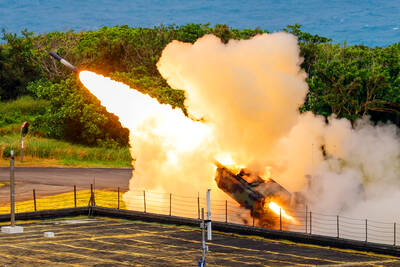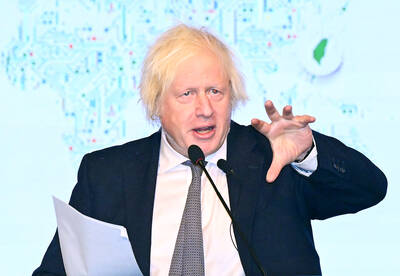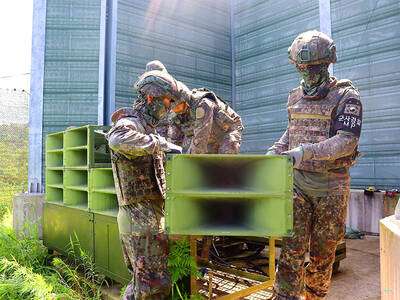The US is to deploy up to 30,000 more troops in Afghanistan by next summer. The figure — a third more than had been anticipated — was announced by Chairman of the US Joint Chiefs of Staff Admiral Mike Mullen and represents the highest figure mentioned publicly by a senior US official.
The confirmation of the scale of the troop surge — along with the increase in the upper limit of envisioned new forces — reflects concern over the course of the war in Afghanistan, which has been hit by numerous setbacks as security across the country has deteriorated in the face of Taliban advances.
In recent weeks Taliban attacks have severely disrupted the main supply line for US and NATO troops into the country from Pakistan, a route that carries up to 75 percent of supplies to foreign forces.
Washington is already sending some 3,000 extra troops to Afghanistan next month and another 2,800 by spring.
However, previously officials have said that the number would be increased by 20,000 in the next 12 to 18 months, once approved by the new administration of US president-elect Barack Obama.
The increased scale of the commitment of US combat troops is bound to bring renewed pressure on the UK and other NATO partners to commit more troops: Senior US military figures and officials have complained that the US is shouldering too much of the burden in the war against the Taliban.
Last week, British Prime Minister Gordon Brown announced an extra 300 British troops for Helmand Province after visiting troops in Afghanistan. Senior British government sources then played down the prospect of further reinforcements this spring. However, Brown will be under pressure not to jeopardize a fledgling relationship with Obama if the new US president requests more British troops.
“Some 20 [thousand] to 30,000 is the window of overall increase from where we are right now. I don’t have an exact number,” Mullen told reporters. “We’ve agreed on the requirement and so it’s clear to me that we’re going to fill that requirement. So, it’s not a matter of if, but when,” he said.
“We’re looking to get them here in the spring, but certainly by the beginning of summer at the latest,” he said.
Half of the new US troops are expected to be deployed to southern Afghanistan, where British forces are stationed.

Authorities have detained three former Taiwan Semiconductor Manufacturing Co (TMSC, 台積電) employees on suspicion of compromising classified technology used in making 2-nanometer chips, the Taiwan High Prosecutors’ Office said yesterday. Prosecutors are holding a former TSMC engineer surnamed Chen (陳) and two recently sacked TSMC engineers, including one person surnamed Wu (吳) in detention with restricted communication, following an investigation launched on July 25, a statement said. The announcement came a day after Nikkei Asia reported on the technology theft in an exclusive story, saying TSMC had fired two workers for contravening data rules on advanced chipmaking technology. Two-nanometer wafers are the most

DEFENSE: The first set of three NASAMS that were previously purchased is expected to be delivered by the end of this year and deployed near the capital, sources said Taiwan plans to procure 28 more sets of M-142 High Mobility Artillery Rocket Systems (HIMARS), as well as nine additional sets of National Advanced Surface-to-Air Missile Systems (NASAMS), military sources said yesterday. Taiwan had previously purchased 29 HIMARS launchers from the US and received the first 11 last year. Once the planned purchases are completed and delivered, Taiwan would have 57 sets of HIMARS. The army has also increased the number of MGM-140 Army Tactical Missile Systems (ATACMS) purchased from 64 to 84, the sources added. Each HIMARS launch pod can carry six Guided Multiple Launch Rocket Systems, capable of

CHINA’s BULLYING: The former British prime minister said that he believes ‘Taiwan can and will’ protect its freedom and democracy, as its people are lovers of liberty Former British prime minister Boris Johnson yesterday said Western nations should have the courage to stand with and deepen their economic partnerships with Taiwan in the face of China’s intensified pressure. He made the remarks at the ninth Ketagalan Forum: 2025 Indo-Pacific Security Dialogue hosted by the Ministry of Foreign Affairs and the Prospect Foundation in Taipei. Johnson, who is visiting Taiwan for the first time, said he had seen Taiwan’s coastline on a screen on his indoor bicycle, but wanted to learn more about the nation, including its artificial intelligence (AI) development, the key technology of the 21st century. Calling himself an

South Korea yesterday said that it was removing loudspeakers used to blare K-pop and news reports to North Korea, as the new administration in Seoul tries to ease tensions with its bellicose neighbor. The nations, still technically at war, had already halted propaganda broadcasts along the demilitarized zone, Seoul’s military said in June after the election of South Korean President Lee Jae-myung. It said in June that Pyongyang stopped transmitting bizarre, unsettling noises along the border that had become a major nuisance for South Korean residents, a day after South Korea’s loudspeakers fell silent. “Starting today, the military has begun removing the loudspeakers,”